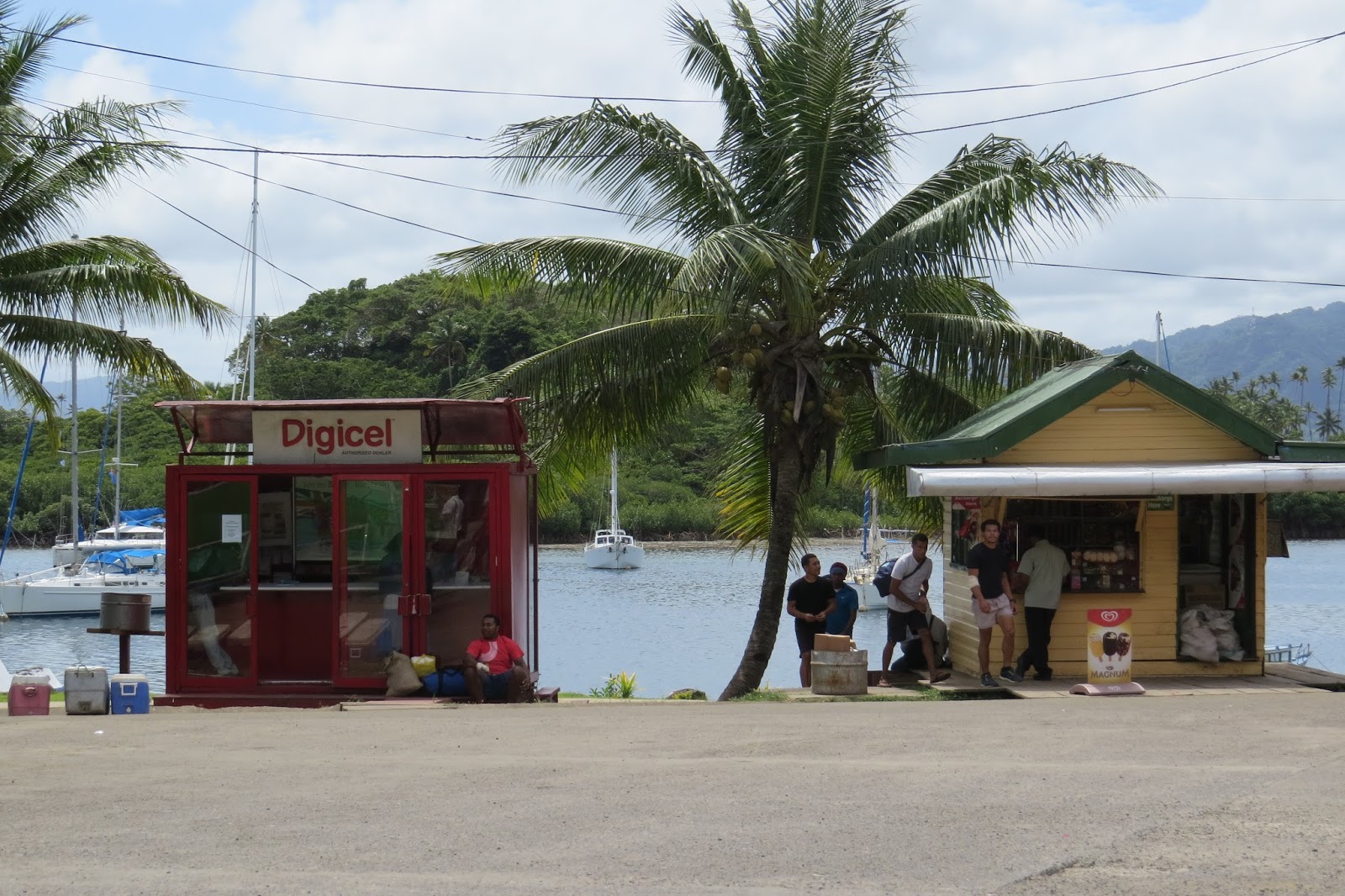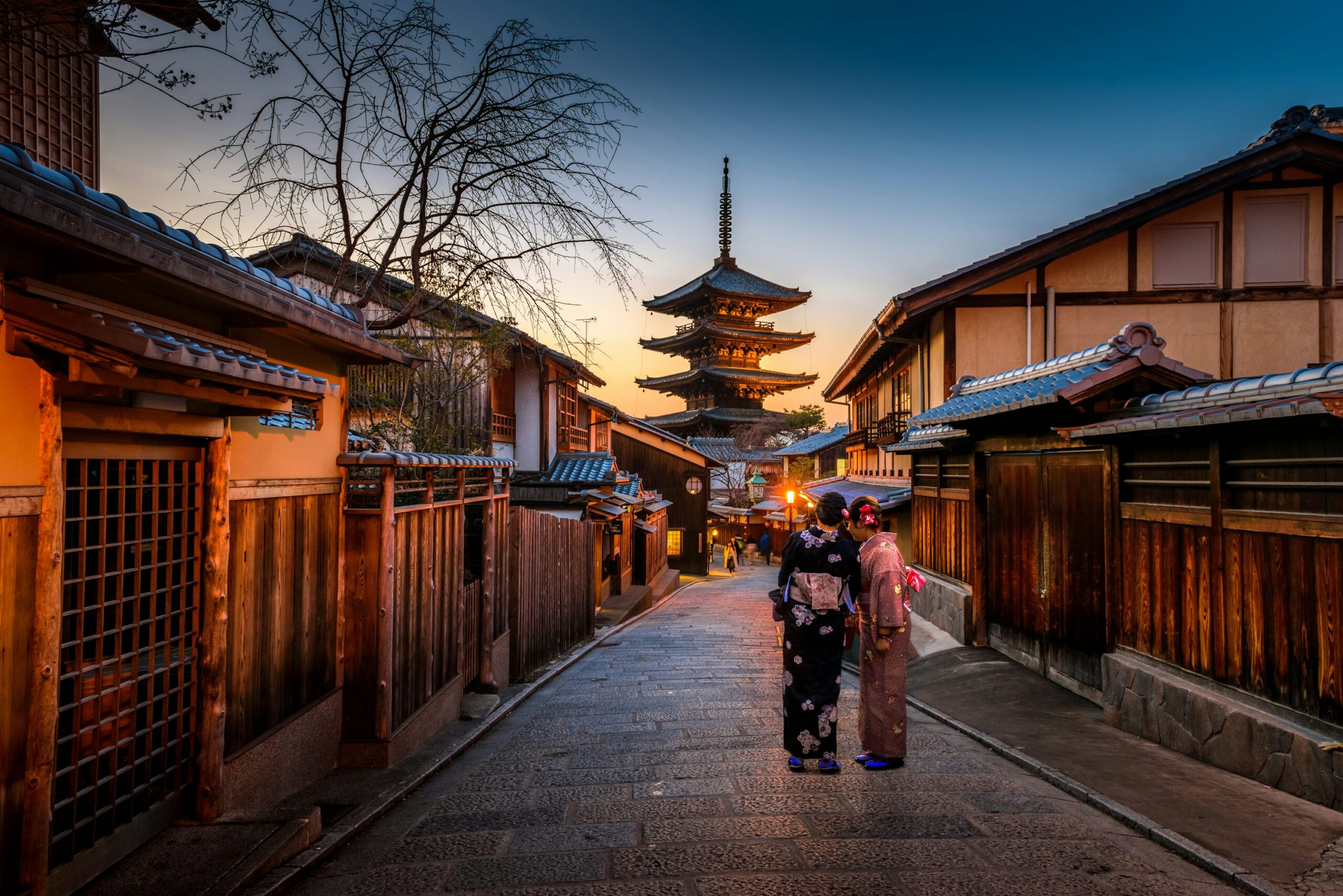
From Travel+Leisure online magazine:
“Visiting one of Japan’s most famous cities will soon cost more.
Government leaders are raising the hotel accommodation tax for overnight visitors in the popular city of Kyoto, Japan, according to international news reports. The new updates are set to take effect in March 2026, and some travelers may see an increase of as much as ¥10,000 ($65.33) per night.
The fee will scale with the room rate. Rooms costing under ¥19,999 ($130.66) will be required to pay a ¥400 ($2.61) fee, EuroNews reported. For more expensive and luxury stays above ¥100,000 ($653.32), a maximum tax of ¥10,000 ($65.33) will be charged, according to The Asahi Shimbun, a Japanese newspaper.
Accommodations below ¥6,000 ($39.19) will be responsible for paying a ¥200 ($1.31) fee.
“The Accommodation Tax is used to cover costs involved in enhancing the attractions of Kyoto as an International Culture and Tourism City, and in promoting tourism,” Kyoto’s government wrote on its official website, which lists the old accommodation tax fees.
The government said the tax helps preserve Kyoto’s history and eases “congestion on roads and walkways.”
For years, travelers have complained of crowding in the renowned tourist city.
“Out of all the places in Japan, Kyoto definitely has an over-tourism problem,” one traveler wrote in a Reddit post. “The increased tax isn’t even that much anyway; if you are a tourist, you can afford it.”
Previous versions of the accommodation tax have included waivers and fee reductions in the event of a natural disaster or emergency to aid tourists in a time of need. The tax will also not apply to school groups, according to the waivers.
Known for its cherry blossoms, temples, and historical significance, Kyoto has long been a popular destination for tourists in Japan. The city was named the “most mindful” in Asia in a July ranking of mindfulness, thanks to features such as its zen gardens and ancient temples. Travelers who go there enjoy exploring the covered Nishiki Market, visiting the Sanjusangendo Temple, and learning about the city’s sake-brewing culture.
Overseas travel to Japan has been hitting record numbers since COVID-19 travel restrictions were lifted. Each month has set a record high, with 3.4 million people visiting Japan in July, compared to only 3.3 million during the same period in 2024 and 2.3 million in 2023, according to data from JTB Tourism Research & Consulting Co.”
Photo from ten years ago today, October 19, 2015:


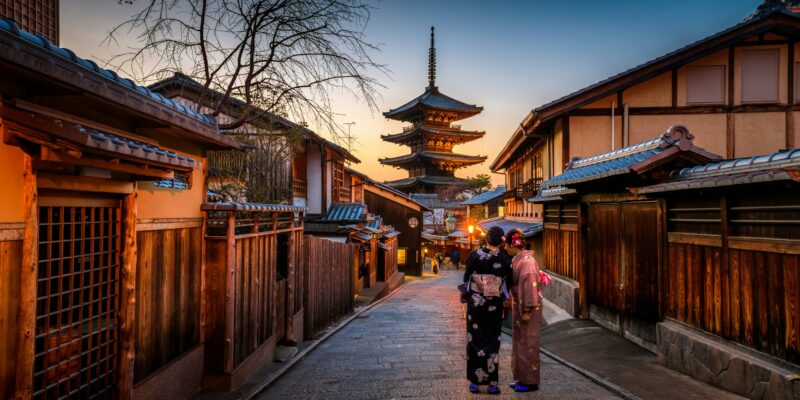






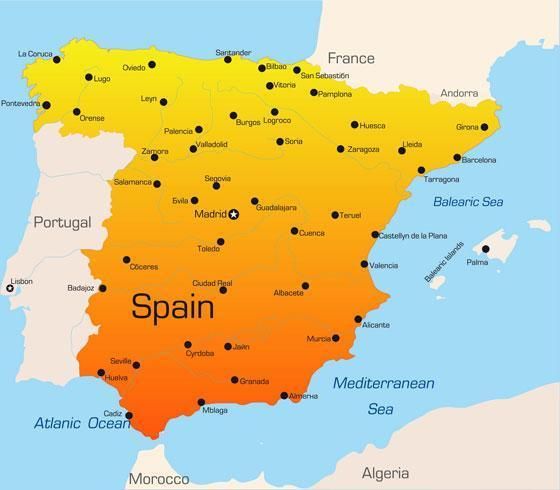

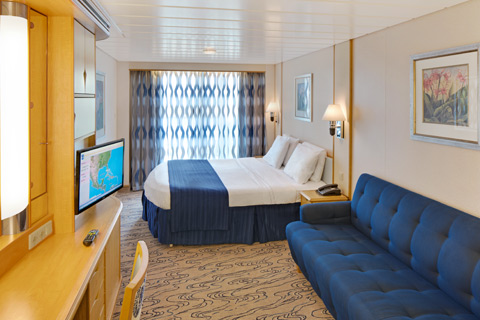


:max_bytes(150000):strip_icc():format(webp)/TAL-lead-image-SURFVOLCANO0725-a67b797e91504c79b984f97123d422ed.jpg)




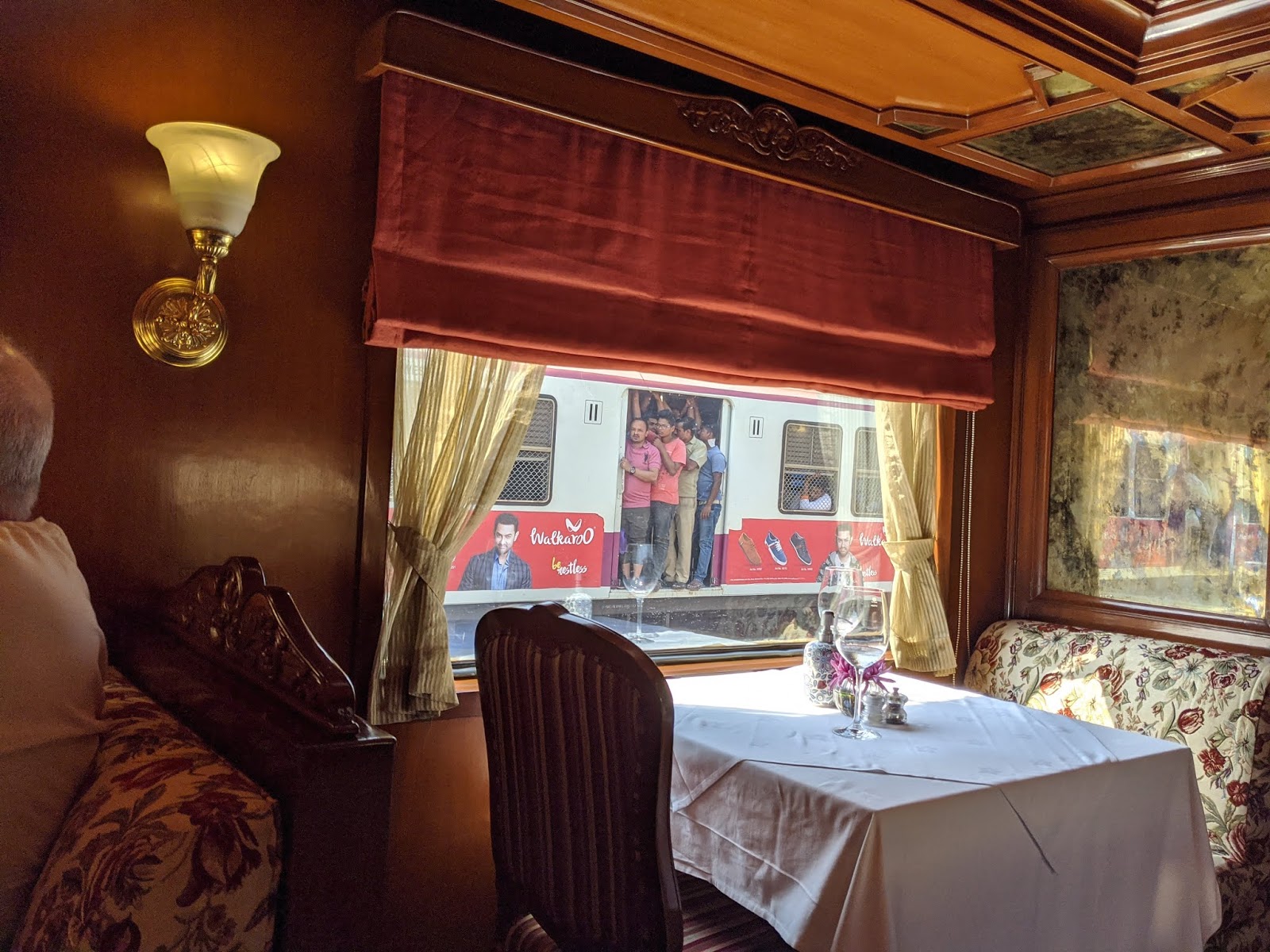
 Breadfruit growing in the yard is a popular item in the islands. We’d love to try this, which is the size of a grapefruit, but it contains 26 grams of carbohydrates and 11 grams of sugar in 1/4 of a fruit. For more photos, please click
Breadfruit growing in the yard is a popular item in the islands. We’d love to try this, which is the size of a grapefruit, but it contains 26 grams of carbohydrates and 11 grams of sugar in 1/4 of a fruit. For more photos, please click 
